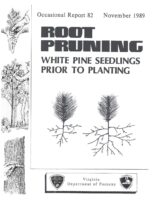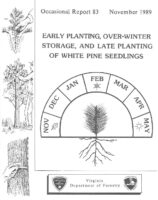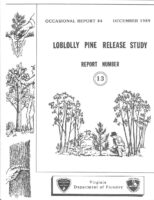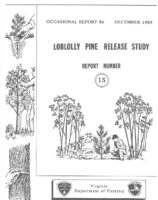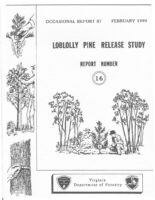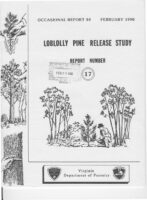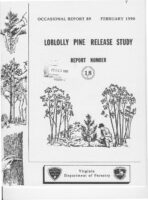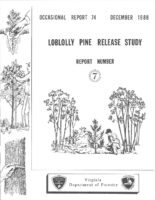No. 113 Controlling Herbaceous Competition and Tip Moth – Effects After 16 Years; by T. A. Dierauf and J. A. Scrivani
November 3, 2020 - Report describes the effects of four treatments – herbaceous vegetation control, tip moth control, herbaceous vegetation and tip moth control combined, and no treatment – on loblolly pine growth through age 16. Herbaceous control increased height by 2 feet, diameter by 0.5 inches, and basal area by 25 square feet. Tip moth control had only slight effects on those attributes.


